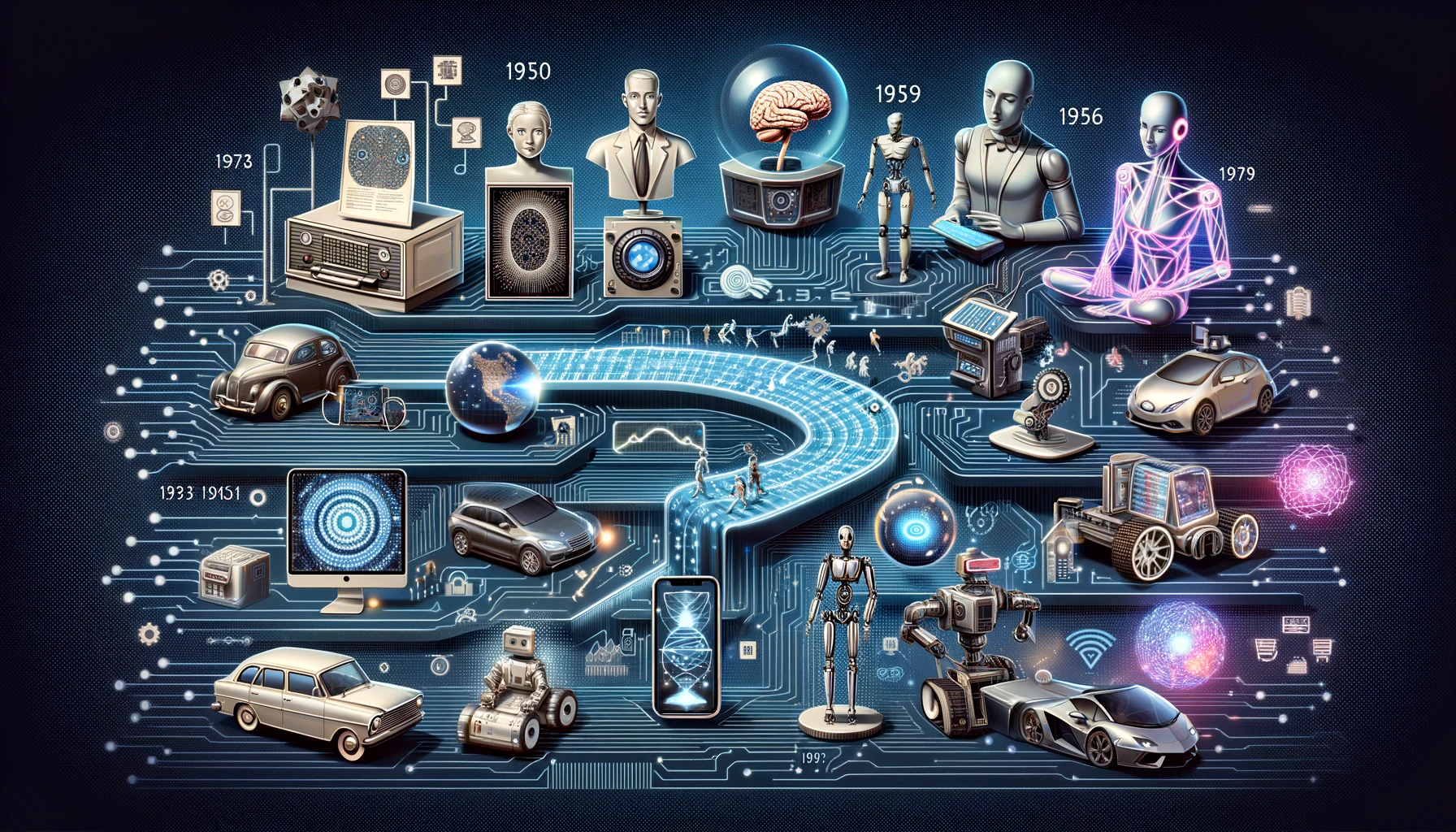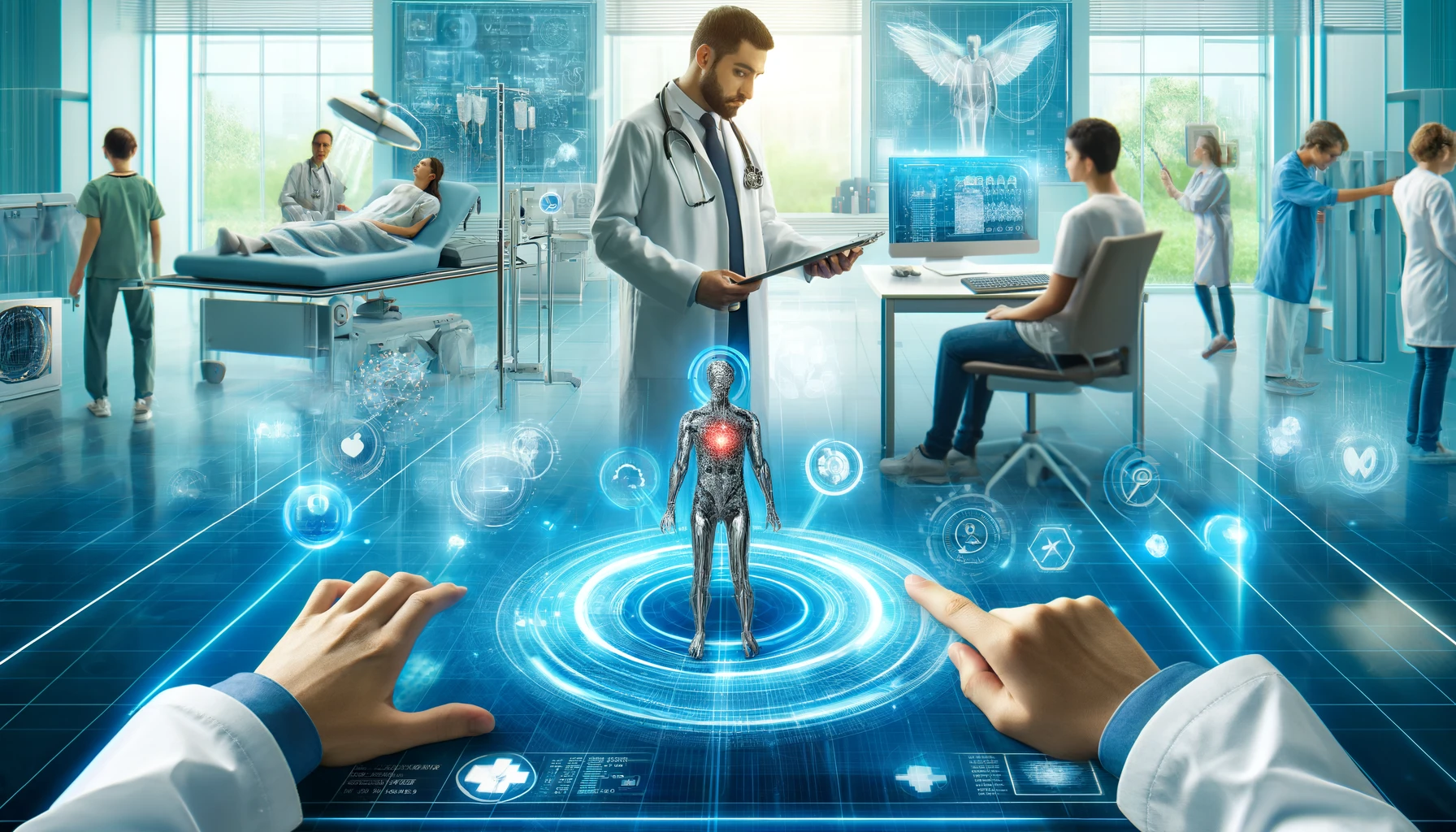Deep Learning Breakthroughs: From AlphaGo to GPT-3
Deep learning has ushered in a new era of artificial intelligence, characterized by profound advances and capabilities that have reshaped various industries and aspects of daily life. This article in our AI Trends series delves into some of the most significant deep learning breakthroughs, from the game-changing victory of AlphaGo to the language prowess of GPT-3, providing a detailed analysis of their development, impact, and future implications.
AlphaGo: Mastering the Game of Go
In 2016, AlphaGo, a program developed by DeepMind, made headlines by defeating the world champion Go player, Lee Sedol. Go, a complex board game with more possible moves than atoms in the universe, was long considered a significant challenge for AI due to its requirement for strategic thinking and intuition.
Development and Technology:
- AlphaGo combined deep neural networks with Monte Carlo tree search, allowing it to evaluate and improve its strategies through reinforcement learning.
- The program was trained using a combination of supervised learning from human expert games and reinforcement learning from simulated games.
Impact:
- AlphaGo's victory marked a milestone in AI, demonstrating the potential of deep learning to handle complex, abstract problems.
- It spurred interest and investment in AI research, particularly in the areas of reinforcement learning and neural networks.
Future Implications:
- AlphaGo's success has paved the way for AI to tackle other complex decision-making tasks, such as strategic planning and problem-solving in various industries, including finance and healthcare.
- Learn more about AlphaGo's technology and impact on DeepMind's website
GPT-3: The Language Maestro
Developed by OpenAI, GPT-3 (Generative Pre-trained Transformer 3) is one of the most advanced language models to date. With 175 billion parameters, GPT-3 can generate human-like text based on the input it receives, performing tasks such as translation, question-answering, and even creative writing.
Development and Technology:
- GPT-3 uses a transformer architecture, which enables it to understand and generate text by processing relationships between words in a sentence.
- It was trained on diverse datasets containing text from books, websites, and other sources, enabling it to learn a wide range of language patterns and knowledge.
Impact:
- GPT-3 has revolutionized natural language processing (NLP), enabling applications in chatbots, automated content creation, and more.
- Its ability to generate coherent and contextually relevant text has opened up new possibilities in customer service, education, and content generation.
Future Implications:
- GPT-3's capabilities hint at the future of AI-powered communication tools, where machines can assist in writing, teaching, and interacting with humans seamlessly.
- The model's potential raises questions about the ethical use of AI in generating content, emphasizing the need for guidelines and policies to ensure responsible usage.
- Explore the capabilities and applications of GPT-3 on OpenAI's website
Advances in Healthcare: Deep Learning's Diagnostic Prowess
Deep learning has also made significant strides in healthcare, particularly in medical imaging and diagnostics. AI algorithms can analyze medical images with remarkable accuracy, often surpassing human capabilities in detecting diseases like cancer and diabetic retinopathy.
Development and Technology:
- Convolutional neural networks (CNNs) are a key technology in medical imaging, enabling the analysis of complex image data to identify patterns indicative of specific conditions.
- AI models are trained on vast datasets of medical images, allowing them to learn and improve their diagnostic accuracy over time.
Impact:
- AI-powered diagnostic tools enhance early detection and treatment planning, leading to better patient outcomes.
- These tools reduce the workload on healthcare professionals, allowing them to focus on more complex cases and patient care.
Future Implications:
- The integration of deep learning in healthcare promises to improve the efficiency and accuracy of medical diagnostics, potentially transforming the field of radiology.
- Ethical considerations regarding data privacy and the transparency of AI decision-making processes will be crucial as these technologies become more widespread.
- Discover the impact of AI in medical imaging on Nature
The Future of Deep Learning: Beyond 2024
Looking ahead, the future of deep learning holds immense potential for further innovation and disruption across various sectors. Emerging technologies such as quantum computing and advanced robotics are expected to amplify the capabilities of deep learning models, enabling them to solve even more complex problems.
- Stay tuned for our upcoming article on "The Future of AI: Predictions for 2024 and Beyond," where we explore how deep learning and other AI technologies will continue to evolve.
- Learn about the latest research and developments in AI on AI Trends
Conclusion: Embracing the Deep Learning Revolution
From AlphaGo's strategic brilliance to GPT-3's linguistic mastery, deep learning has already made a profound impact on our world. As we continue to explore and develop these technologies, the possibilities for innovation are limitless. By understanding these breakthroughs, we can better prepare for the transformative changes that lie ahead.
Call to Action: Share this article with your network and join the conversation about the deep learning revolution. For more in-depth articles on AI trends and innovations, subscribe to our newsletter and stay ahead in the ever-evolving world of technology.
This detailed analysis provides a comprehensive look at the breakthroughs in deep learning, enhanced with strategic internal and external links to boost the article's SEO and engage readers with additional resources.

 By
By

